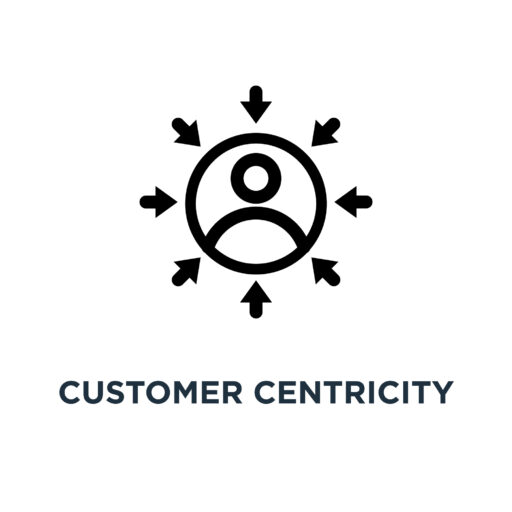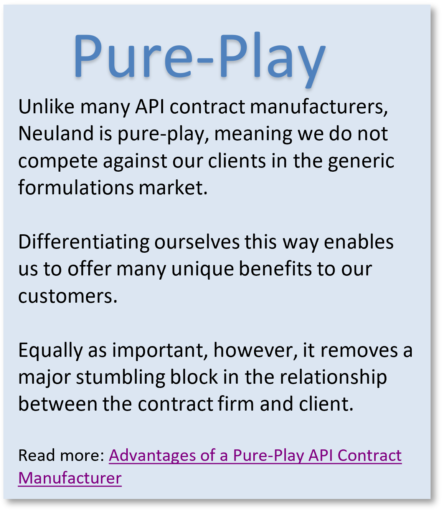 Customer centricity is central to every organization and an important strategic priority for B2B companies.
Customer centricity is central to every organization and an important strategic priority for B2B companies.
While there are many definitions of customer centricity, the ultimate objective of a customer-centric organization is to deliver the desired value customers believe they will receive from a product or service.
This customer experience, in turn, creates value for your organization and translates into repeat business, loyalty and advocacy. Among B2B organizations, customer centricity means meeting customer requirements at an agreeable price while ensuring compliance with regulations and ethical standards.
The strategic concept, developed by renowned management consultant and educator Peter Drucker, prioritizes the needs of the customer.
Drucker birthed the idea in 1954, stating:
“It is the customer who determines what a business is, what it produces, and whether it will prosper.”
Customer centricity hinges on an organization’s ability to anticipate the needs and desires of the customer. Once those needs have been deciphered, a customer-centric company ensures the requirements are met to the customer’s expectations.
 The success of the selling organization and that of the B2B customer are strongly interrelated. The B2B customer expects a positive experience, and the selling company desires the organic growth that results from true customer satisfaction. The customer-centric concept promotes customer interaction and respect—two ideals critical to improving the overall customer experience.
The success of the selling organization and that of the B2B customer are strongly interrelated. The B2B customer expects a positive experience, and the selling company desires the organic growth that results from true customer satisfaction. The customer-centric concept promotes customer interaction and respect—two ideals critical to improving the overall customer experience.
Customer centricity involves transformative changes that redirect the focus on customer retention instead of just acquisition. We believe that Jonathan Hughes, David Chapnick, Isaac Block, and Saptak Ray perfectly captured the scope of change necessary to become a customer-centric company:
- Understanding your customers and their expectations
Customer centricity begins with understanding the unmet needs of your customers, what is that you can provide to support the end result, and what is the desired result they would like to see addressed through your partnership. This is often easier said than done but being committed to meeting expectations drives differentiation and makes customers feel valued. - Deliver seamlessly, keeping customer centricity at the heart of everything
Delivering to customer expectations – or surpassing them – is imperative. The entire process of understanding customers must be seamless and transparent to them. Customers like to be involved, aware and updated, so you must give them access to tools which provide the status of projects while also enabling continuous feedback. - Go above and beyond
It is important to differentiate your company from the competition by adding value that exceeds expectations. We look beyond each customer’s stated need, and invest in delighting them. In the pharma industry, for example, this differentiation occurs when the customer-centric organization proactively anticipates expectations and successfully resolves any issues or impediments before they escalate – or come to the attention of the customer. - Seek feedback regularly
How do you identify, adapt to, and manage the changing needs of customers? The most effective way is to seek feedback on an ongoing basis. Feedback allows you to track and measure areas that meet customers expectations as well as those areas needing improvement. Customer feedback surveys also connect you with your customers, and demonstrate that their needs are a central focus of your organization.
Feedback builds trust and brand loyalty, helping strengthen customer retention. This is even more valuable in cases where the feedback has been negative, as it gives you insight into what is needed to address their needs or concerns.
At Neuland, customer centricity is a strategic priority, and we recognize that a customer may not always share unsolicited feedback directly. However, by seeking feedback through surveys and consistent communication, we can gather and analyze behavioral data, then use the information to make strategic operational improvements that deliver desired outcomes.
We find excellent service throughout the entire customer experience, coupled with transparency, leads to greater customer involvement, awareness, and ultimately satisfaction.
We choose not only to meet client expectations but to exceed them through proactive anticipation. We look beyond the expressed need to ensure that we resolve potential failures before they occur.
What’s the value of a customer-centric pharmaceutical API manufacturer?
It means meeting customer requirements at an agreeable price without sacrificing regulatory compliance or ethical standards. Ultimately, the value of customer centricity aligns with our purpose at Neuland: to deliver product and service value to our customers in a way that fosters loyalty, advocacy, and strong ongoing partnerships.
Discuss your next project with us today.











